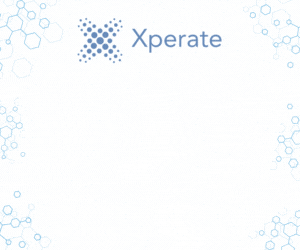Pricing strategies for savvy law firms and how to implement them according to Advanced
Pricing may not be the first thing that comes to mind when discussing legal excellence, but effective pricing strategies are just as critical as the quality of the counsel you provide. Law firms are always eyeing profitability and operational efficiencies, and here’s where intelligent pricing can set your practice apart. We’re diving deep into the intricate art of price structuring, not as a transaction but as a conversation, a commitment to value, and a partnership between attorneys and their clients.
Understanding client needs
Before any numbers are crunched or strategies are laid out, the keystone to effective pricing in the legal arena is understanding the unique needs of your clients. This customer-centric approach is what can elevate merely transactional fees to investments in partnership.
Begin by identifying the client’s priorities and the scope of their legal challenges. Is speed paramount? Are they looking for more predictability in their legal expenses? Tailoring your pricing model to align with these needs, such as offering flat fees or phased billing, shows a profound understanding of and commitment to their concerns.
Our recent Legal Sector Trends Report uncovers one crucial reason why it is important to understand your client needs, and work with them when it comes to payments, 25% surveyed say their biggest form of profit leak comes from fee discounts at the end of billing.
Beyond the billable hour
While still a billing option, only 8% of small firms bill exclusively by the hour, looking instead to alternative fee arrangements or AFA’s, presenting a departure from the traditional billable hour, which is now less sought after in the modern legal climate. Here, we’re looking at how to diversify payment paths to offer more transparent and attractive pricing options.
AFA’s include approaches like contingency fees, where the firm is paid a percentage of the client’s settlement or award; retainer agreements; and flat fees. The common theme among these models is that they tie compensation directly to outcomes and client success, a powerful alignment of interests or alternatively offers the client the total price at the beginning of the relationship.
Often attractive to clients because they can better predict and manage their legal costs. They also incentivise efficiency and discourage excessive billing that might occur with hourly rates. These arrangements, however, necessitate a keen understanding of your firm’s cost structure and the discipline to negotiate fair and profitable terms.
The art of efficiency
The billable hour isn’t dead, but it is faced with growing scepticism and pressure to evolve. Strategies for enhancing billable hours involve not just tracking time more effectively but working smarter.
Technology plays a significant role here, with time-tracking software becoming more sophisticated, accurate, and less intrusive to the lawyer’s workflow. This allows for a more granular understanding of how time is actually spent, which in turn can improve estimations and billing.
Adopting accurate automated time recording software seems to be a watertight case, however two thirds of legal professionals we surveyed are not implementing this solution.
Note that while efficiency is the goal, it should not come at the expense of quality. Embrace technology but ensure your clients still enjoy the personalised, high-touch service they expect and deserve.
Pricing is a balancing act between the costs of operation and the value of services. It’s an ever-shifting equilibrium that requires sensitivity to client needs, a willingness to explore alternative models, an eye for operational efficiency, and a disciplined approach to financial management and transparency. For law firms, the incorporation of these strategic pricing methodologies isn’t just about the next quarter’s profitability; it’s about building a foundation for enduring client trust and loyalty in the decades to come. Build a pricing structure that speaks to your excellence and to the appreciation of the value you bring to your clients’ lives.



